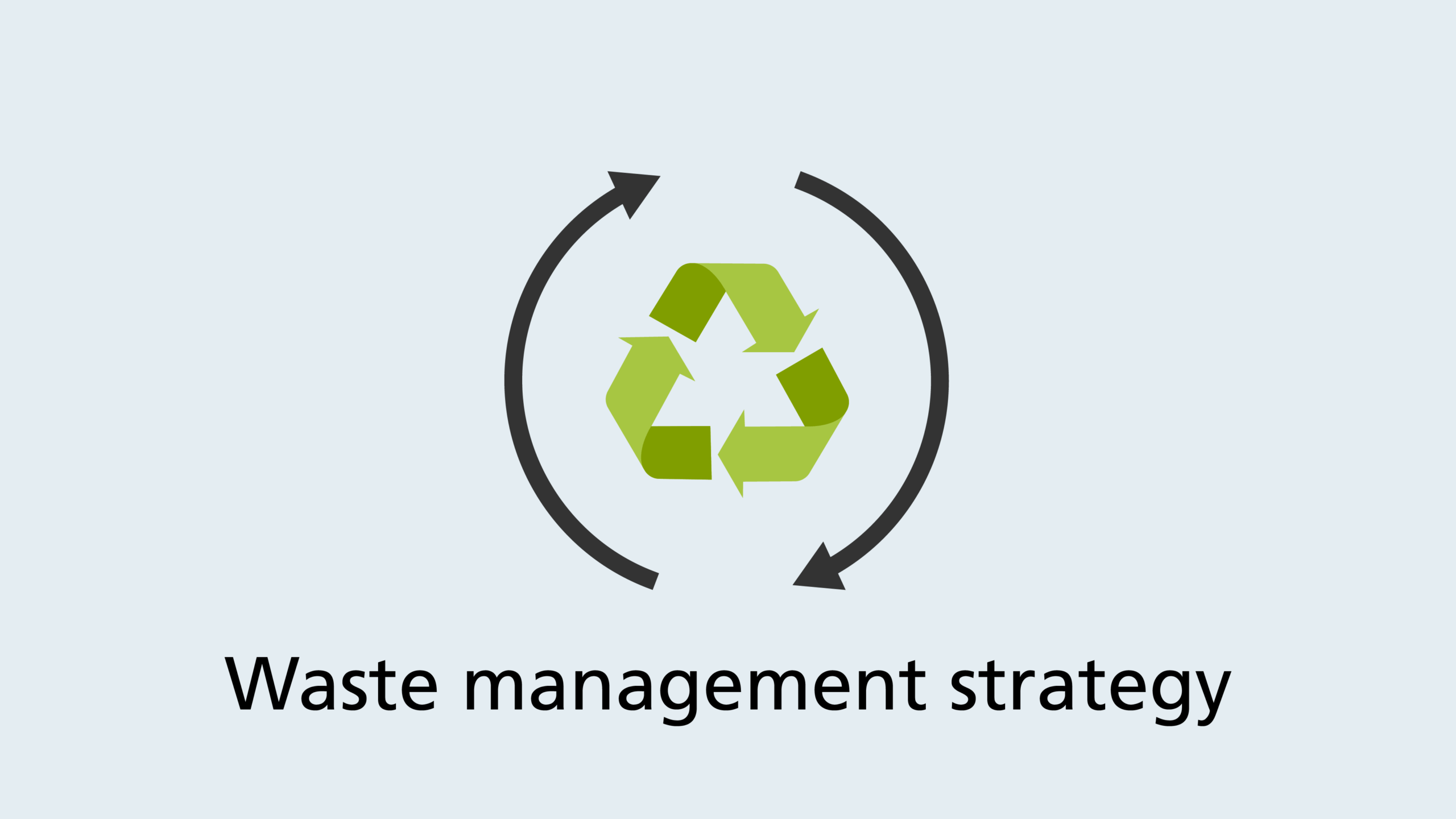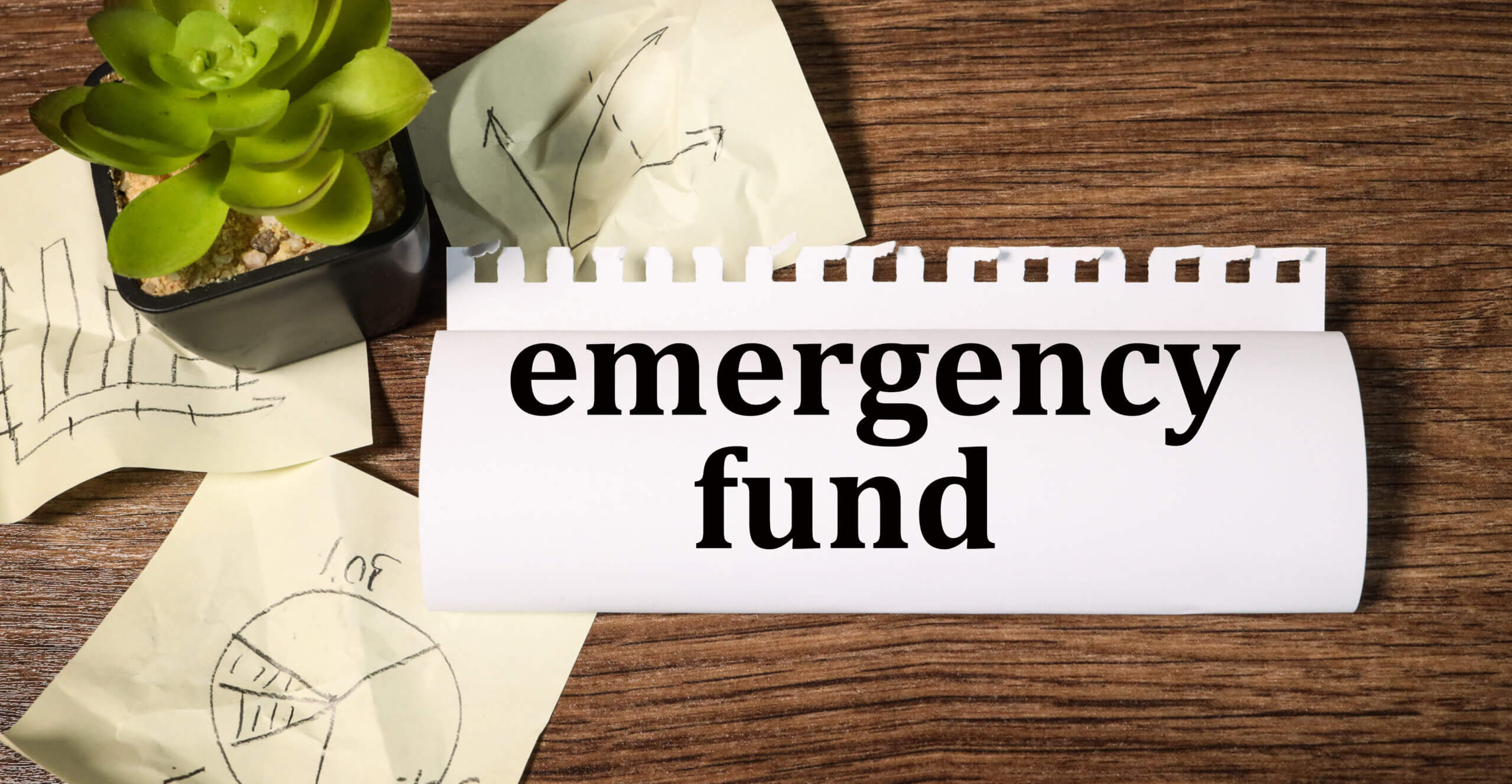Effective waste management is essential for the sustainability of our planet. With increasing urbanization, industrialization, and population growth, the volume of waste generated worldwide has reached alarming levels. According to the World Bank, global waste is expected to grow by 70% by 2050 unless urgent and effective action is taken. Proper waste management strategies and innovative solutions are crucial for reducing environmental impact, conserving natural resources, and promoting public health.
In this article, we’ll explore the fundamentals of waste management, analyze various strategies and technologies, and discuss practical solutions for individuals, communities, and governments to reduce and manage waste responsibly.
What Is Waste Management?
Waste management refers to the collection, transportation, processing, recycling, and disposal of waste materials. It encompasses a wide range of practices designed to minimize the adverse effects of waste on human health and the environment.
There are several categories of waste, including:
- Municipal Solid Waste (MSW): Everyday household trash like food scraps, paper, and plastics.
- Industrial Waste: Waste from manufacturing and industrial processes.
- Hazardous Waste: Toxic, flammable, or corrosive materials that pose significant health or environmental risks.
- Electronic Waste (e-waste): Discarded electronic devices like phones, computers, and TVs.
- Biomedical Waste: Waste generated from healthcare facilities such as used syringes, bandages, and pharmaceuticals.
Each category requires specific handling procedures to ensure safety and sustainability.
The Importance of Effective Waste Management
Improper waste management can lead to numerous issues, including:
- Environmental Pollution: Land, water, and air pollution caused by waste disposal can contaminate ecosystems.
- Public Health Hazards: Open dumping and unregulated burning of waste can cause respiratory diseases, infections, and other health problems.
- Climate Change: Decomposing organic waste in landfills releases methane, a greenhouse gas 25 times more potent than CO₂.
- Loss of Resources: Many materials discarded as waste could be reused or recycled, reducing the need for raw materials.
Managing waste effectively helps conserve resources, reduce pollution, and mitigate climate change, while also creating jobs and promoting sustainable development.
Key Waste Management Strategies
1. The Waste Hierarchy
The waste hierarchy is a framework that ranks waste management options according to their environmental impact:
- Prevention: Avoiding waste generation in the first place.
- Minimization: Reducing the amount of waste produced.
- Reuse: Using items multiple times before discarding them.
- Recycling: Converting waste materials into new products.
- Energy Recovery: Incinerating waste to generate energy.
- Disposal: Landfilling or incinerating without energy recovery, considered the least desirable option.
Prioritizing the upper levels of this hierarchy leads to more sustainable waste management practices.
2. Recycling and Composting
Recycling helps conserve natural resources and reduce energy consumption. Commonly recycled materials include paper, glass, metal, and certain plastics. However, recycling systems must be well-organized and supported by public education to be effective.
Composting is a form of recycling for organic waste such as food scraps and yard waste. Compost can be used as a natural fertilizer, enriching soil and reducing the need for chemical alternatives.
3. Waste-to-Energy (WTE)
Waste-to-energy technologies convert non-recyclable waste into usable energy, usually electricity or heat. While not a substitute for recycling, WTE can reduce landfill use and recover energy from otherwise unusable waste. Modern WTE plants are designed to minimize emissions and meet strict environmental standards.
4. Landfilling
Landfilling is still widely used, particularly in developing countries. When properly managed, landfills can be a relatively safe waste disposal method. Modern sanitary landfills are engineered with liners and leachate collection systems to prevent contamination of soil and water.
However, overreliance on landfills contributes to long-term environmental degradation and occupies large areas of land.
Innovative Waste Management Solutions
1. Smart Waste Collection Systems
Smart technologies, including GPS-enabled trucks and sensor-based bins, are revolutionizing waste collection. These systems optimize routes, reduce fuel consumption, and improve service efficiency.
2. Circular Economy Models
The circular economy emphasizes designing products for reuse, remanufacturing, and recycling, reducing the overall volume of waste. This model contrasts with the traditional linear economy of “take, make, dispose” and encourages sustainable production and consumption.
3. Extended Producer Responsibility (EPR)
EPR policies hold manufacturers accountable for the entire lifecycle of their products, including post-consumer disposal. These regulations incentivize producers to design eco-friendly products and invest in recycling infrastructure.
4. Plastic Alternatives
Biodegradable and compostable materials are gaining popularity as alternatives to traditional plastics. Innovations like packaging made from seaweed, cornstarch, or mushroom mycelium offer sustainable solutions to plastic pollution.
What Individuals Can Do
Everyone has a role to play in effective waste management. Here are a few simple actions:
- Reduce: Buy only what you need, and avoid single-use items.
- Reuse: Repair items instead of discarding them.
- Recycle: Separate recyclables and dispose of them properly.
- Compost: Create compost bins for food and garden waste.
- Educate: Spread awareness in your community about sustainable waste practices.
By adopting responsible habits, individuals can significantly reduce their environmental footprint.
Challenges and the Way Forward
Despite progress, many regions face significant challenges in waste management, including:
- Lack of Infrastructure: Inadequate facilities for collection and disposal.
- Insufficient Regulation: Weak enforcement of environmental laws.
- Public Awareness: Low levels of education and participation.
- Funding Constraints: High costs associated with advanced technologies and waste systems.
Addressing these challenges requires coordinated efforts from governments, businesses, and civil society. Investment in education, innovation, and infrastructure is key to building sustainable waste management systems.
Conclusion
Waste management is not just a technical or logistical issue—it’s a crucial aspect of environmental stewardship and public health. By understanding and applying effective strategies, embracing innovation, and promoting responsible behaviors, we can build cleaner, healthier, and more sustainable communities.
As the global population continues to grow, the urgency for smart waste solutions becomes ever more critical. It’s time to rethink waste not as a problem, but as an opportunity to create a more circular and resilient future.





